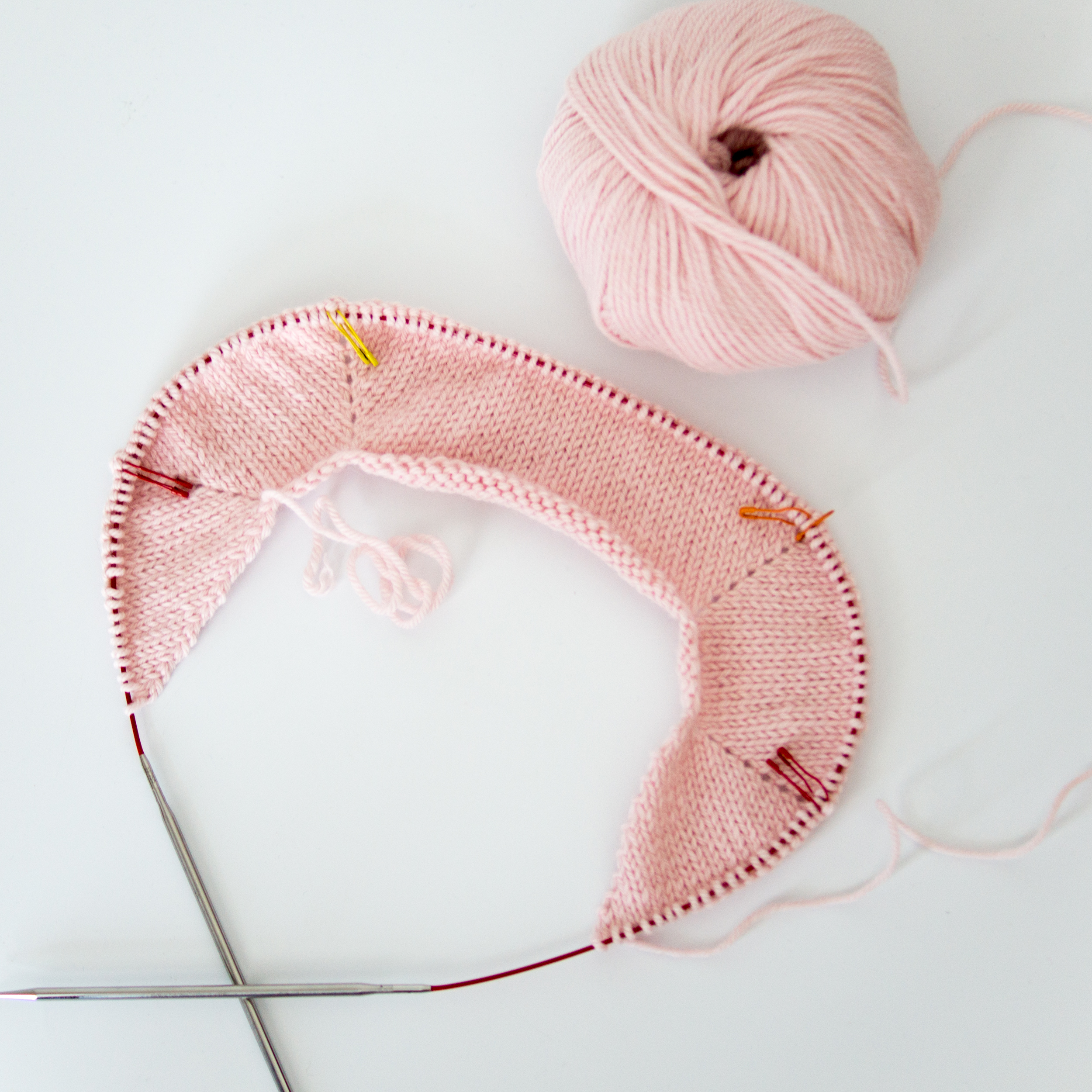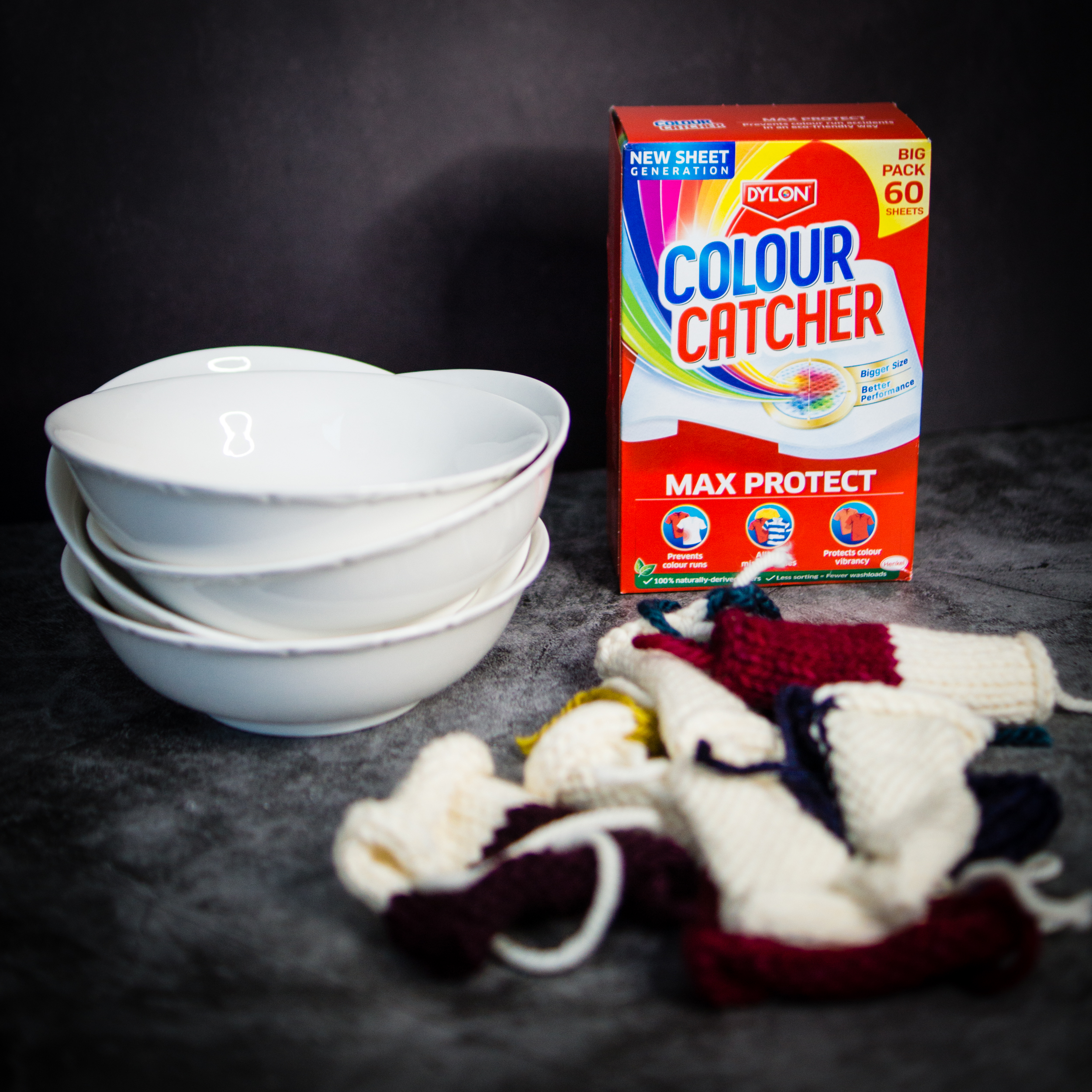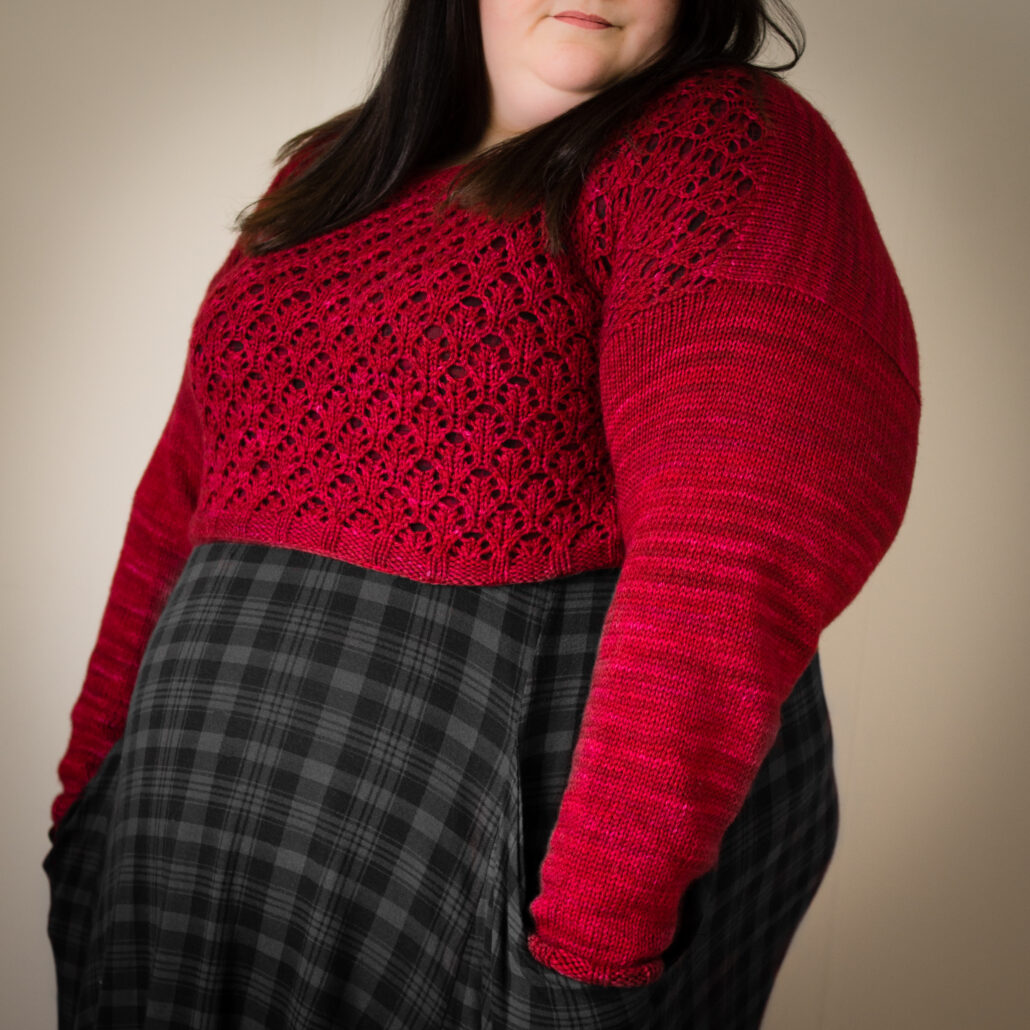Test Knitters Are Awesome
All great designs rely on the efforts of a dedicated, meticulous, generous group of test knitters. After a pattern has been tech edited to catch any maths mistakes, inconsistencies, or other errors, test knitters go ahead and make the pattern, checking that it’s clear and actually gives the right result. My patterns wouldn’t be half as good without them, and I am eternally grateful for all the hard work my test knitters put in to help me get the patterns where they need to be.
Jump Links
Browse Open Test Calls
Apply on Discord
Sign up for Email Alerts
About Test Knits
Open Test Knits
You can browse all my currently open test knits below.
Use the tools at the top left to filter and sort, click on the cards to see more details, and click “view larger version” at the bottom right to open the list in a new tab.
If none are shown, I probably don’t have any open right now. You can sign up to the test knitters mailing list to hear as soon as that changes.
Apply to Test Knit
Discord
All of my test knits are now run on Discord. If you are unable to use Discord for accessibility reasons and would like to test knit for me, please put a note on your application form, and I will include you via email instead.
To apply to test, please fill in the form for the specific test you want to apply for. Use the test browser above; each test has its own link.
You will need to join my Discord server to access the test. You can find it here.
I use Discord for my garment tests. You can usually start knitting as soon as you’re accepted into the test.
Email Alerts
If you’d like to get a custom note from me to your inbox whenever I’ve got a new test knit open, that’s now part of the main email list. Simply check the “Test Knits” box when subscribing (and anything else you’d like to receive!).
About Test Knits
Test knitters work from a tech edited pattern that has not yet been released. The pattern may have errors, and the design may have shortcomings that need to be addressed. That’s where test knitters come in. While I strive to make my patterns complete, concise, and correct, having knitters actually work from it is the best way to make sure I’ve managed that.
What Happens
Generally speaking, a test knit follows this rough timeline:
- Applications open for one week, usually on a Friday. All the information you need to choose your yarn, your size, swatch, and of course the deadline, is made available. Anyone is welcome to apply by filling in a short form.
- Applications close over the weekend. I use this time to select testers, looking for the right number of testers for each size, a mix of new and repeat testers, and a mix of ability levels.
- Successful applicants are announced on Discord and tagged in the post. This will happen on or before the test start date.
- The test begins! Test knitters gain access to the test area (on Discord), the pattern files, and are able to begin knitting.
- Testers ask questions, feed back issues, and share photos of their progress. This is the fun knitalong part!
- I post announcements letting everyone know about any changes. For big changes, I might make a new pattern file and post a new link.
- Anyone unable to meet the deadline lets me know. I thank them, and there are no hard feelings.
- Once the knitting is finished, each test knitter fills in a feedback form. This lets me know about the pattern’s clarity, the fit of the garment they have produced, and anything else they think I should know. This is also where they let me know which thank you pattern they would like.
- At the deadline, the test knit finishes and moves into a review phase, usually 1-2 weeks long. I work through the feedback forms, send out thank you patterns, and make the final amendments to the pattern. When it’s ready (and before it’s launched), I share it with the testers on Discord.
- A couple of weeks after the pattern is released, I’ll close out the test area on Discord. Testers will lose access to the area.
Timescales vary depending on the pattern. As a general guide, I budget for no more than 100m of knitting per week (approximately 25g of fingering weight yarn) based on the largest size or option, with a minimum of 12 weeks for garments.
Skills
The most important skill for a test knitter to have is good communication. Being a novice knitter, or new to a particular skill, isn’t a problem – in fact, having a mix of skill levels in the test is a huge benefit. What matters is that you’re able to tell me what’s wrong, and how it could be better.
The other benefit of test knitters is being able to show the pattern in a variety of yarns, colours, and on a variety of bodies. This helps people browsing patterns to decide whether mine is right for them or not. Being able to take a great photo of your knitting is another valuable skill for test knitters.
Compensation
To thank you for your hard work, you will always get the final released version of the pattern for free. This means you’ll also get any future updates. You can also choose any other single pattern as an extra thanks.
Inclusion
Size Inclusivity
I am a fat person, and I design for fat bodies. Specifically, my own! I wrote about that here. (Coming 1st March!)
All of my garment designs are size inclusive. This means that they are graded to fit bodies from roughly a 30″ to 60″ bust. There may be additional sizes outside that range.
Please be aware that all of my test knits are fat positive spaces. This means that talk of weight loss, diets, etc. is not welcome. Neither is any implication that being fat is undesirable. Fat bodies are good bodies, and are not inherently unhealthy. A good guideline is not to make any comment on someone else’s body unless they have explicitly and directly asked you to – even if it’s positive or complimentary.
Low Vision / Screen Reader Format
All my patterns come with a second file, formatted to suit low vision and screen reader knitters. You can read more about that here.
This file is also available during the test phase. Knitters with these requirements are very welcome to take part!
Financial Accessibility
For garments, I always knit a second sample in a yarn that costs less than hand dyed yarn typically does. How much less will vary between patterns. This sample may be finished before the test opens, or I may be knitting it alongside you!
I try to arrange yarn support in the form of discounts from at least one UK dyer. I also maintain a list of financial accessibility resources here and a database of more affordable yarns here.








